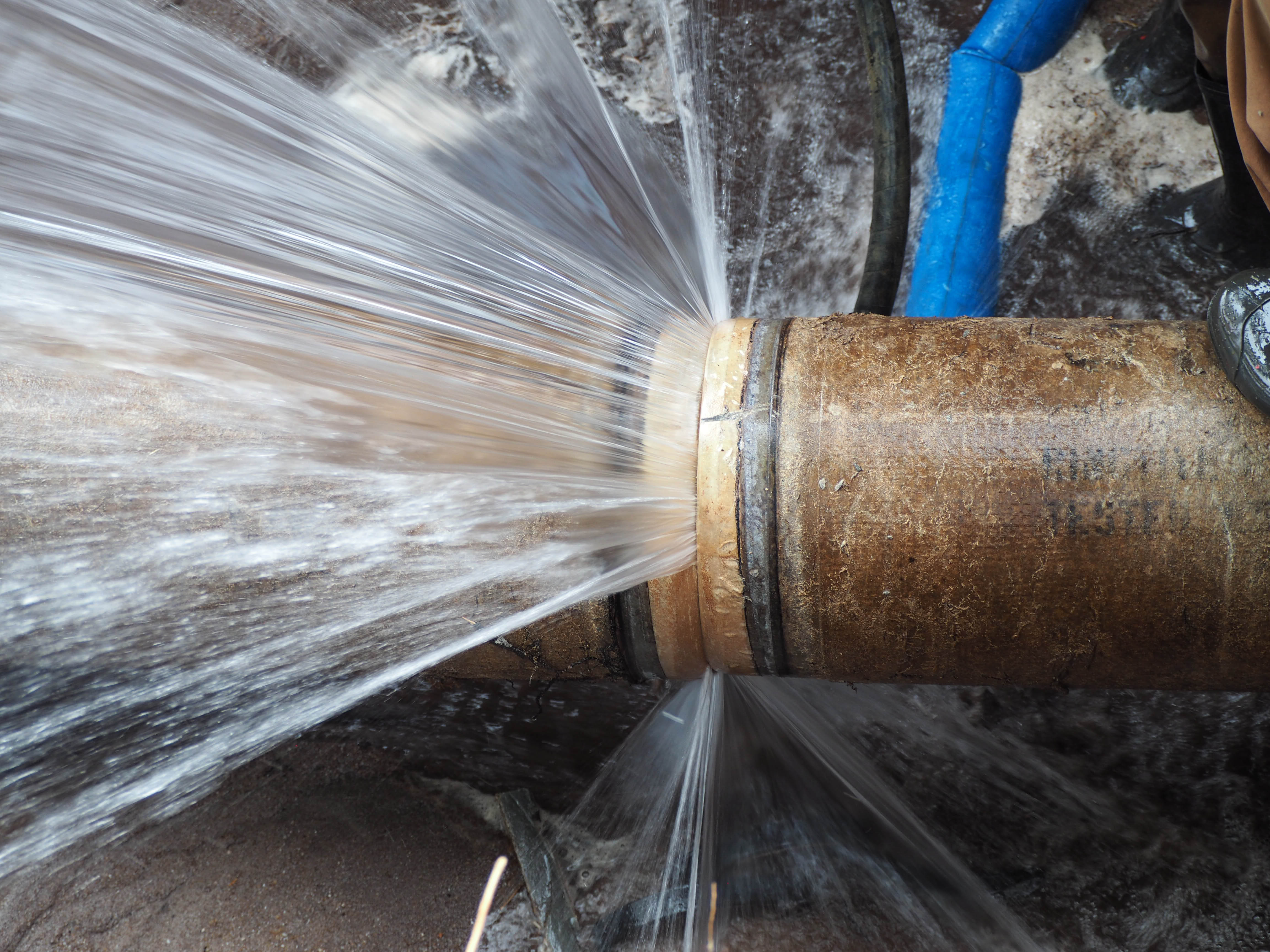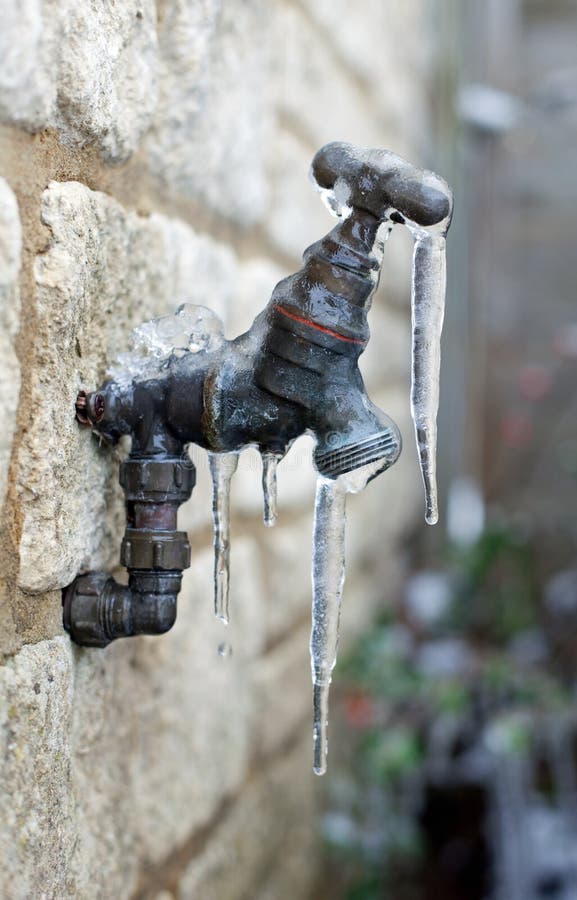Tips to Keep Your Pipes from Freezing Damage: Important Guidance
Tips to Keep Your Pipes from Freezing Damage: Important Guidance
Blog Article
What're your insights and beliefs about Prevent Frozen Pipes ?

Cold weather can damage your plumbing, especially by freezing pipelines. Here's how to avoid it from taking place and what to do if it does.
Intro
As temperatures drop, the threat of frozen pipelines boosts, possibly resulting in pricey repair services and water damage. Understanding exactly how to avoid frozen pipes is crucial for house owners in cold environments.
Recognizing Frozen Pipelines
What creates pipelines to freeze?
Pipes ice up when revealed to temperatures listed below 32 ° F (0 ° C) for extended durations. As water inside the pipelines freezes, it increases, taxing the pipe walls and possibly creating them to break.
Risks and problems
Icy pipelines can lead to water system disturbances, home damages, and expensive repairs. Burst pipelines can flooding homes and trigger extensive structural damage.
Signs of Frozen Water Lines
Identifying icy pipes early can stop them from bursting.
How to recognize icy pipes
Try to find decreased water circulation from faucets, unusual smells or noises from pipes, and noticeable frost on revealed pipes.
Prevention Tips
Protecting at risk pipelines
Wrap pipes in insulation sleeves or make use of heat tape to safeguard them from freezing temperature levels. Focus on pipes in unheated or outside areas of the home.
Heating methods
Maintain indoor rooms adequately heated, especially areas with plumbing. Open cabinet doors to allow warm air to circulate around pipes under sinks.
Safeguarding Outdoor Pipes
Yard hose pipes and exterior faucets
Disconnect and drain pipes yard hose pipes before winter months. Set up frost-proof spigots or cover outdoor taps with shielded caps.
What to Do If Your Pipes Freeze
Immediate actions to take
If you believe icy pipes, keep faucets open up to soothe pressure as the ice thaws. Use a hairdryer or towels soaked in hot water to thaw pipes slowly.
Long-Term Solutions
Architectural adjustments
Take into consideration rerouting pipes far from outside walls or unheated locations. Add added insulation to attics, cellars, and crawl spaces.
Updating insulation
Invest in premium insulation for pipelines, attic rooms, and wall surfaces. Correct insulation helps maintain consistent temperature levels and reduces the risk of frozen pipes.
Conclusion
Stopping frozen pipes requires proactive steps and quick responses. By comprehending the reasons, indicators, and safety nets, property owners can shield their plumbing during winter.
5 Ways to Prevent Frozen Pipes
Drain Outdoor Faucets and Disconnect Hoses
First, close the shut-off valve that controls the flow of water in the pipe to your outdoor faucet. Then, head outside to disconnect and drain your hose and open the outdoor faucet to allow the water to completely drain out of the line. Turn off the faucet when done. Finally, head back to the shut-off valve and drain the remaining water inside the pipe into a bucket or container. Additionally, if you have a home irrigation system, you should consider hiring an expert to clear the system of water each year.
Insulate Pipes
One of the best and most cost-effective methods for preventing frozen water pipes is to wrap your pipes with insulation. This is especially important for areas in your home that aren’t exposed to heat, such as an attic. We suggest using foam sleeves, which can typically be found at your local hardware store.
Keep Heat Running at 65
Your pipes are located inside your walls, and the temperature there is much colder than the rest of the house. To prevent your pipes from freezing, The Insurance Information Institute suggests that you keep your home heated to at least 65 degrees, even when traveling. You may want to invest in smart devices that can keep an eye on the temperature in your home while you’re away.
Leave Water Dripping
Moving water — even a small trickle — can prevent ice from forming inside your pipes. When freezing temps are imminent, start a drip of water from all faucets that serve exposed pipes. Leaving a few faucets running will also help relieve pressure inside the pipes and help prevent a rupture if the water inside freezes.
Open Cupboard Doors
Warm your kitchen and bathroom pipes by opening cupboards and vanities. You should also leave your interior doors ajar to help warm air circulate evenly throughout your home.

I recently found that blog post about How to prepare your home plumbing for winter weather while doing a lookup on the web. Do you know somebody else who is very much interested in the niche? Feel free to promote it. Thank-you for taking the time to read it.
Click Here Report this page